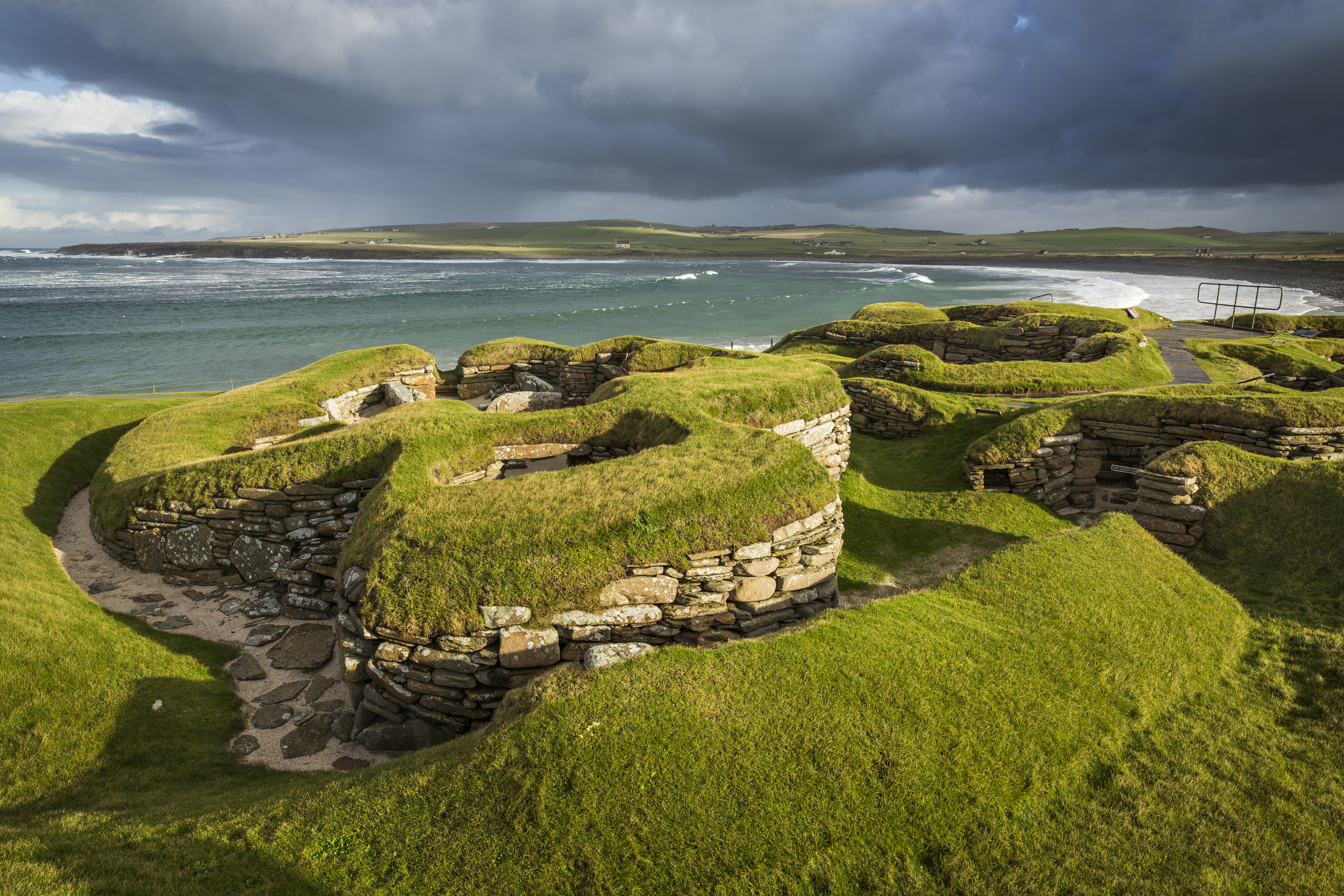HES: Building an evidence base to inform climate ready decision making for Scotland’s historic environment
Case Study On-goingDate added: 28/01/2019

David Harkin is a Climate Change Scientist with Historic Environment Scotland (HES). To understand how climate change will impact their Properties in Care, HES undertook a baseline assessment of climate change risk.
Building an evidence base to inform climate ready decision making for Scotland’s historic environment:
‘We are responsible for the care and maintenance of 336 historic properties throughout Scotland. Many of these properties are situated in landscapes that are vulnerable to climate related natural hazards. Like much of Scotland’s historic environment, our properties often show an inherent resilience to Scotland’s wet climate, but climate change is creating new challenges that they were never designed to cope with.
In order to gain a more thorough understanding of natural hazard risk across our diverse and complex estate, we worked in close partnership with the British Geological Survey and the Scottish Environment Protection Agency, to combine various natural hazard datasets into a Geographic Information System (GIS) database (UC2A). We then combined this with spatial data from our own properties and were able to assess the likelihood of various natural hazards occurring at our properties. This was used to create a baseline assessment that will allow us to now plan a more informed approach to managing these risks (UC3B).
This initial assessment allowed us to identify 28 properties that we considered to be at very high risk from one or more of the natural hazards assessed. Now, we are spending time visiting properties to test the initial desk based assessment in person, and update as necessary. Many of these properties are in isolated and remote areas, and visiting each one for in depth, site specific study and analysis is a time consuming but is a crucially important step to strengthen our evidence base (UC3C). The next steps will be to consider the landscapes beyond the boundaries of properties themselves, along with the climate impacts on staff and visitor safety, site operations and internal collections, and to consider how we incorporate UKCP18 data (UC3D).
Evaluating the climate change risks to our Estate has already improved our ability to prioritise ongoing actions and allocate resources more effectively. A strategic evidence based approach to managing climate risk is helping us give our properties, and the wider historic environment, a fighting chance of weathering the challenges presented by climate change’